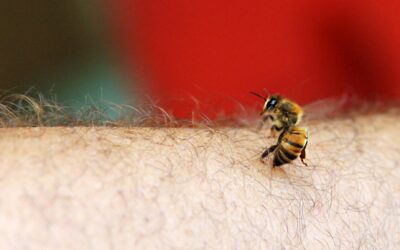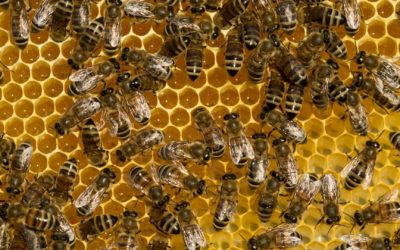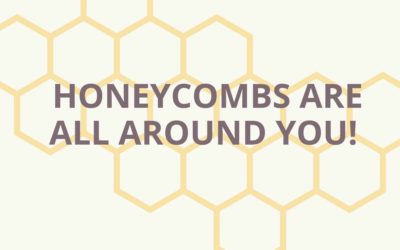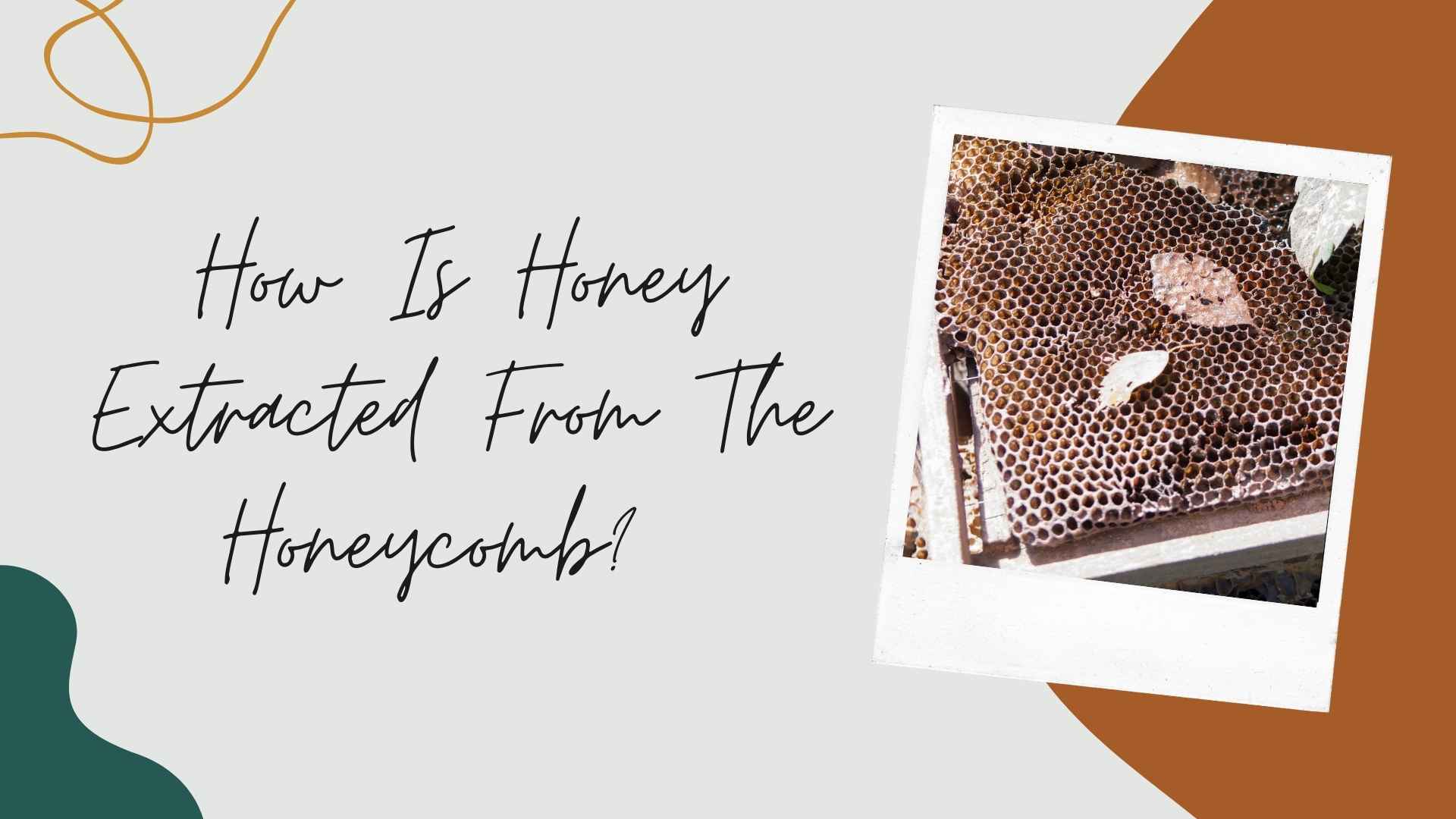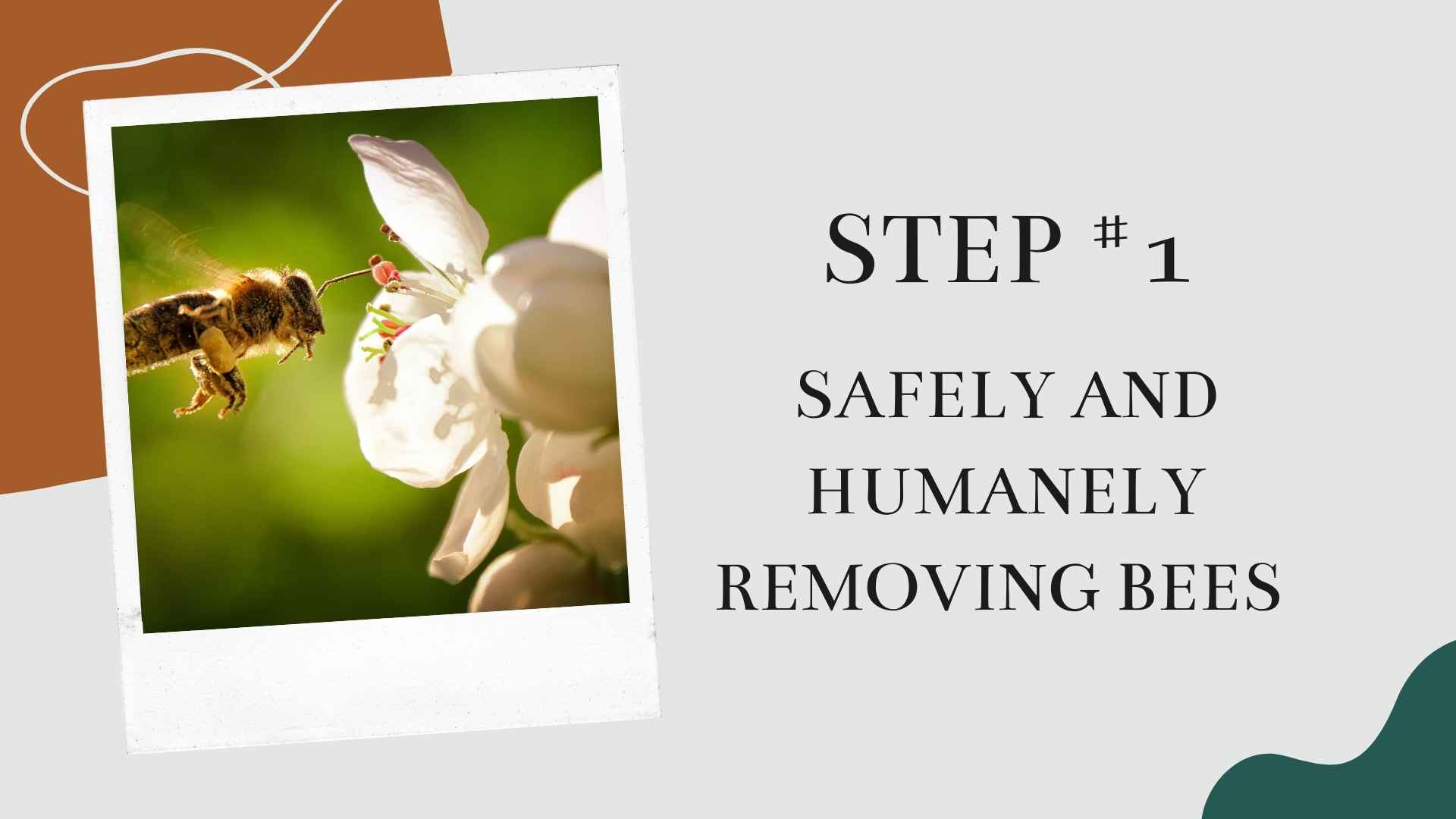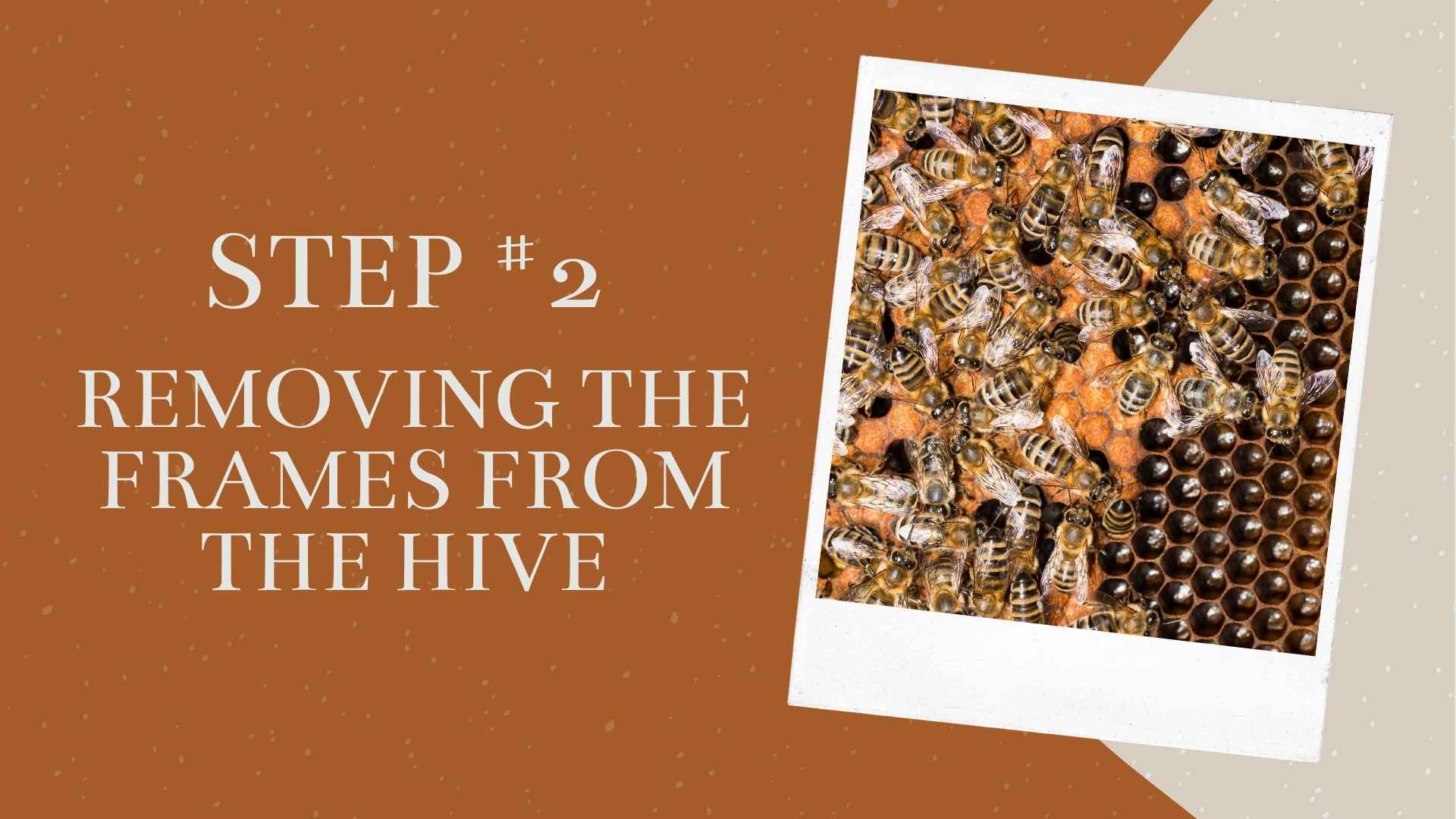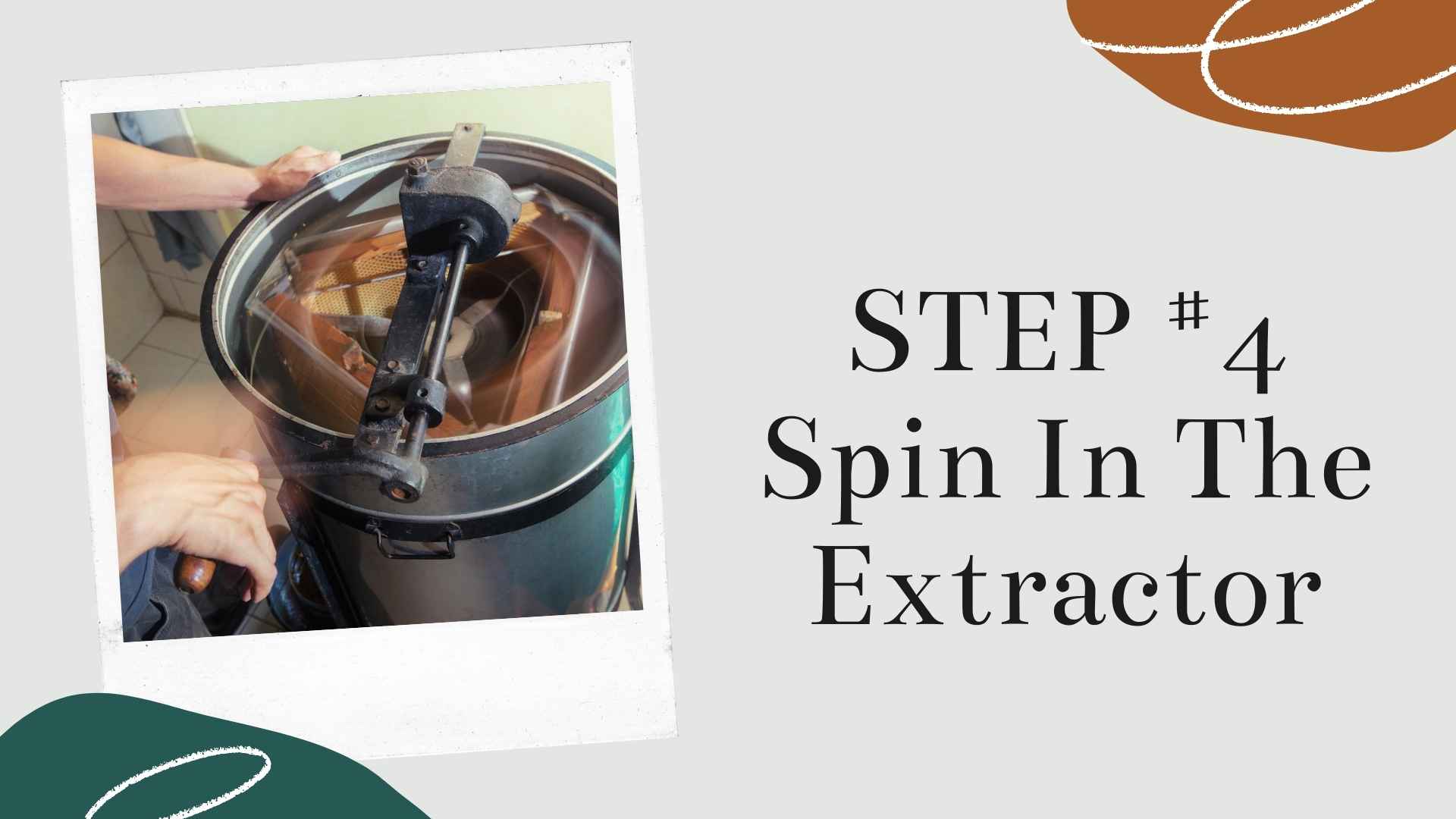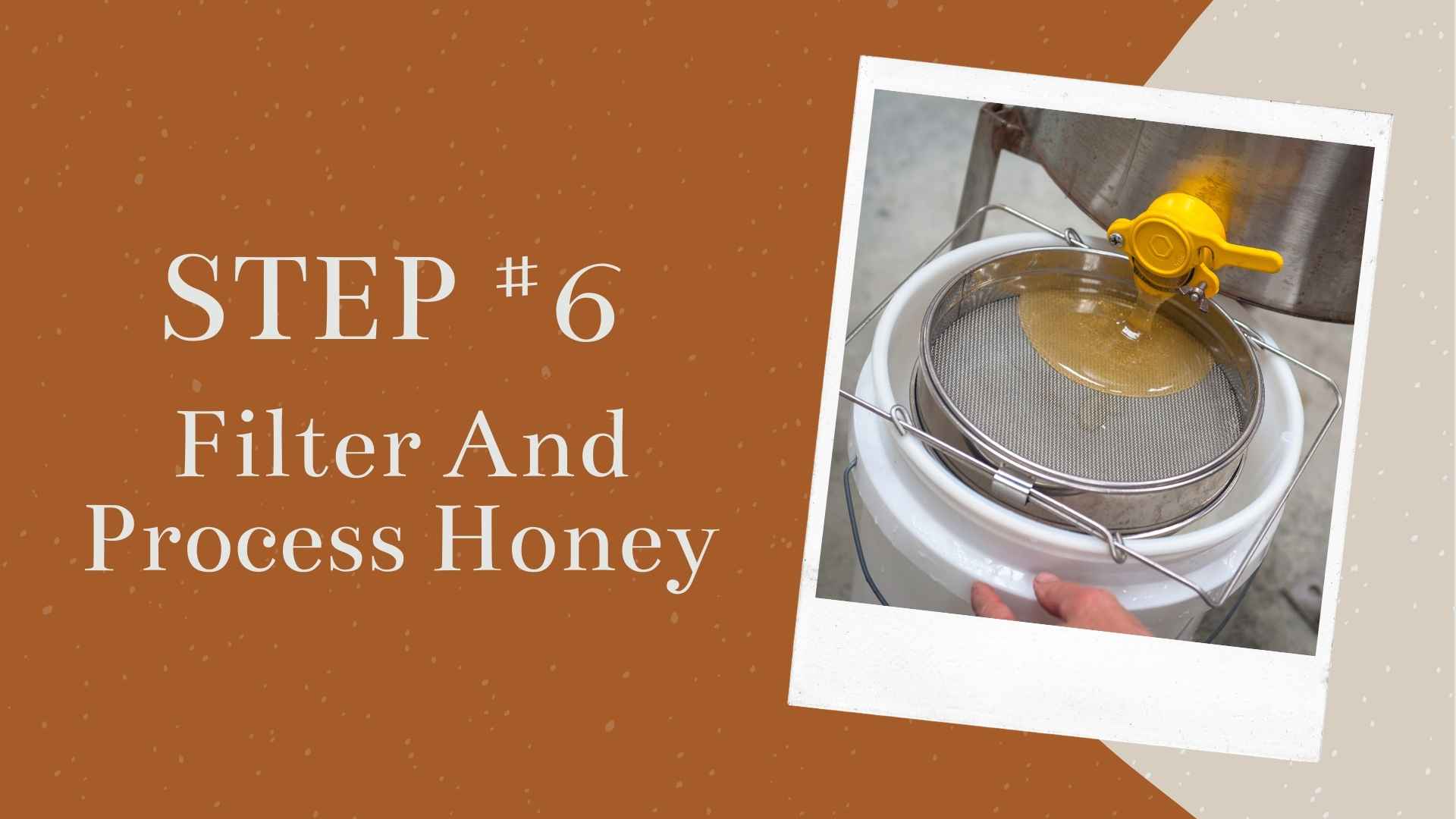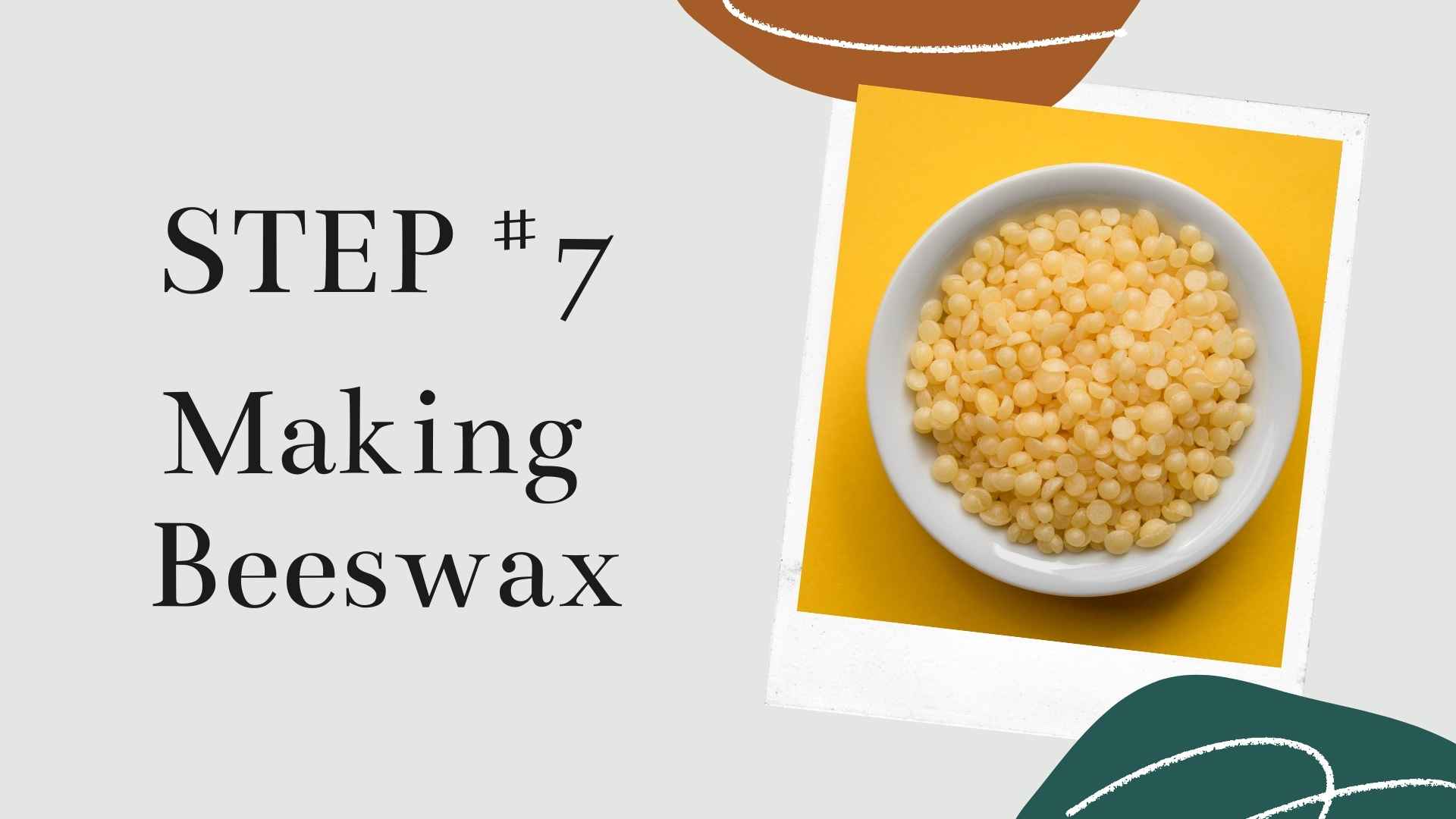Harvesting “Liquid Gold”
Honey is often referred to as liquid gold, the liquid chock full of beneficial nutrients that have so many health benefits for the consumer. Yet, the process of producing that jar of honey is not easy at all. From keeping bees, to the environment the bees and flowers are raised, to harvesting honey, it is a wonderful process! This article will zoom in on the complicated yet fascinating process of extracting the painstakingly produced honey from its honeycomb. With that, let’s begin the wonderful process of extracting honey from its comb.
Step #1 Safely And Humanely Removing Bees
Before honey can be extracted from the hive, the bees must first be safely removed from their hives. There are two main ways to get rid of bees. When there are fewer bees and hives, you can simply use a bee brush to gently chase away these honey-producing insects. For beekeepers with more bees, one can use a bee repellent. There are both natural and chemical repellents to keep the bees safe. It is important to ensure that one is wearing a bee suit as well! Most importantly, one should ensure that the honeycomb has a bee escape, which allows the bees to travel in one direction through the comb and allow the bees to escape the honeycomb safely.
Step #2 Removing The Frames From The Hives
When the cells in a honeycomb are mostly full and capped with wax, it indicates that most of the comb is filled with honey. At this point, the frame can be removed. The number of frames depends on many factors including the strength of the colony, weather, and the amount of nectar available to the bees. Once the honeycombs are removed and placed indoors, they should be warmed slightly, allowing the honey to flow out of the cells more easily. Learn more about honeycombs in the links down below.
Step #3 Uncapping The Frames
Before the honey can be removed from the frames, the wax caps that honeybees place over the cells must first be removed. The caps help to keep the honey in and protect the honey from being exposed to water in the atmosphere. Each side must be uncapped, using a hot knife. The frame is held vertically, allowing the caps to slide off the frame smoothly.
Step #4 Take A Spin In The Extractor
The uncapped frames should now be placed within the extractor. In the extractor, the honeycomb is held within a metal mesh basket to allow the honey to flow out. When the lid Is closed, the comb is spun, allowing the centrifugal force to push the honey, poll and wax fragments out of the cells. Most extractors will remove honey from only one side of the frame at a time; when one side of the frame is empty, the frames need to be switched around to remove the honey from the other side of the frame.
Step #5 Remove The Honey From The Extractor
Soon, the luxurious liquid drips to the bottom of the extractor. The valve at the bottom can be opened and the honey flows out into the waiting bucket. This is the real liquid gold!
Step #6 Filtering And Processing The Honey
After the honey is extracted from the comb, the honey must be filtered to remove and wax fragments and other impurities. The honey can be filtered numerous times, to ensure the impurities are removed. Pure, raw honey is filtered fine enough to remove impurities but keep the nutritious floral pollen inside it. The honey may also be heated and pasteurized to kill any bacteria, though some of the enzymes in it may be removed. Learn more about the differences between raw, regular and table honey here! After the honey has been processed, it can now be bottled.
Step #7 Making Beeswax!
After being filtered, the wax fragments, along with the honeycomb, can be processed and melted down to produce beeswax. Beeswax has many uses, such as making lip balm or reusable beeswax wraps.
Conclusion
We hope you’ve learnt a little more about the interesting process of extracting honey from the comb. If you’re interested to enjoy the wonderful product that comes from honeycombs, click the link down below.

